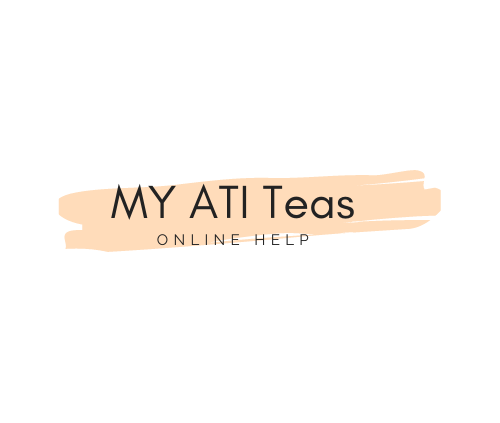quiz 30 min 16 questions
Multiple-Choice Questions
Name __________________________________
Directions: Record your answer on the line that precedes the number of the question.
___1. According to Nils Roll-Hansen, the social role of basic research or science did NOT include:
a. it was a crucial ingredient in the ideology of liberal democracy
b. it strengthened the economy
c. it was a knowledge base that served practical tasks through
applied science
d. none of the above
___2. According to Nils Roll-Hansen, the root value of the post-World War II ideal of science is:
a. practicality
b. contribution to innovation
c. truthfulness
d. contribution to the economy
___3. According to Nils Roll-Hansen, basic and applied research differ in their:
a. criteria for success or failure
b. effects on social processes
c. degree of autonomy from political and economic interests
d. all the above
___4. According to Nils Roll-Hansen, political and economic steering is not appropriate for:
a. typical basic research
b. typical applied research
c. any kind of research
d. none of the above
___5. According to Venkatesh Narayanamurti, et al., much of the debate over the “false dichotomy” of basic/applied research centers on:
a. the political unpopularity of scientific truth
b. the appropriate federal role in innovation
c. the role of science in the economy
d. the role of science in national defence
___6. According to Venkatesh Narayanamurti, et al., knowledge grows:
a. in linear fashion, from basic research to applied research to
engineering
b. in linear fashion, from applied research to basic research to
engineering
c. through a richly interwoven system with no clear hierarchy of
importance and no linear trajectory
d. as tentative discoveries are affirmed by authorities
___7. According to Venkatesh Narayanamurti, et al., a critical liability of the basic/applied model of scientific research is that it:
a. is based on the researcher’s motivation
b. misrepresents the sequence of the steps in the
invention/discovery process
c. fails to recognize the crucial importance of economic factors
d. fails to see that the point of scientific research is not
understanding but application
___8. According to Venkatesh Narayanamurti, et al., to understand fully the path of research requires:
a. understanding researchers’ motivations
b. understanding why governments fund research
c. adopting a short time frame
d. adopting a long time frame
___9. According to Ralph Oman, in the debate over whether NIH should be able to require researchers to put their reports in PubMed Central, three key questions must be answered. Which of the following is not among those questions?
a. What policy will result in the broadest dissemination of high
quality, peer-reviewed scholarly articles?
b. What policy will result in the greatest income to authors?
c. Is the NIH correct in its assumption that the STM publishers will
continue to publish their journals even if they lose 50 percent
of their paid subscriptions?
d. Is it fair for the U.S. government to appropriate the value-added
contributions of the private STM publishers?
___10. According to Ralph Oman, open access publishing will in time:
a. destroy the market for scientific, technical, and medical
journals
b. strengthen the market for scientific, technical, and medical
journals
c. destroy the research enterprise
d. invalidate the concept of peer review
___11. According to Ralph Oman, copyright law is designed to benefit the public, and the public good:
a. is not the same as the benefits experienced by consumers
b. coincides with the rights of publishers but not authors
c. equals the benefits experienced by consumers
d. coincides with the rights of authors and publishers
___12. According to Ralph Oman, which of the following are arguing that journals have outlived their usefulness?
a. librarians
b. academics
c. researchers
d. none of the above
___13. According to Stuart M. Shieber, the mission of the university is to:
a. provide facilities and resources in support of teaching
b. provide facilities and resources in support of scientific
research
c. create, preserve, and disseminate knowledge to the benefit of all
d. provide a flow of intellectual property for the benefit of
academic publishers
___14. According to Stuart M. Shieber, which of the following is not an indication of dysfunction in the traditional journal publishing system?
a. the inefficient peer-review system used by journal publishers
b. the long-term dramatic rise in subscription prices for journals
c. the huge disparity in subscription costs for different journals
d. the extraordinary profit margins enjoyed by journal publishers
___15. According to Stuart M. Shieber, the Harvard faculty agree that:
a. journal subscription costs are moderate and affordable
b. universities, like professional societies, should publish their
own journals
c. it is good to obtain the widest possible dissemination for
scholarly results
d. journal publishers should be subsidized by government
___16. According to Stuart M. Shieber, the idea that open-access publishing could put price pressure on subscription journals:
a. violates the laws of economics
b. is a demonstrable threat to the industry
c. is utter nonsense
d. does not violate the laws of economics

Leave a Reply
Want to join the discussion?Feel free to contribute!